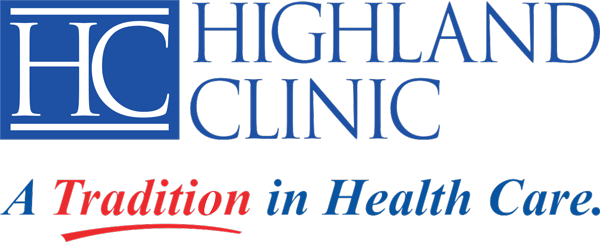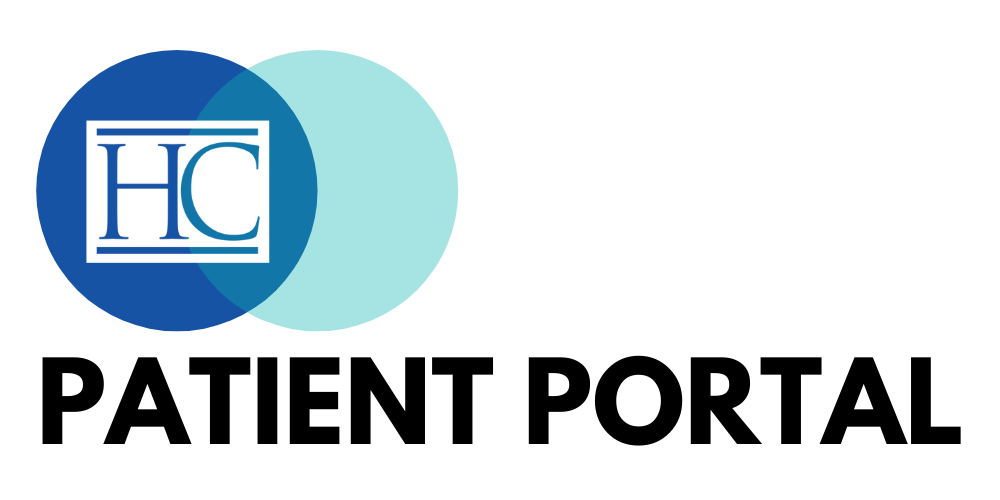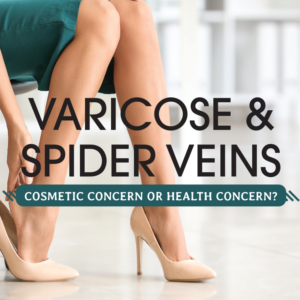At times the answer is both! Sometimes it can be difficult to tell whether the discomfort in your legs is just one of those common aches or pains resulting from a busy day, or whether it is indicative of a larger problem that requires medical care. Venous disease is a common medical problem affecting women and men of all ages. One of the biggest myths about varicose and spider veins is that treating them is only done for cosmetic reasons. The truth is that these veins are often a sign of a medical condition that can lead to serious health effects. The main symptoms of venous disease in the lower extremities are aching, heaviness, tightness, fatigue, throbbing, swelling, itching or burning in the legs. If left untreated, venous disease may lead to leg edema, skin discoloration (venous stasis dermatitis) or ulcers in the legs.
Not only can varicose and spider veins be the cause for leg pain and discomfort but they may also cause embarrassment. We have many patients that no longer wear shorts and suffer through the heat of the Louisiana summers due to the appearance of their legs. They are generally very pleased with their results after treatment and feel confident to show their legs again!
Veins in the legs oppose gravity and flow in an upward direction to return blood to the heart. When the valves within the veins fail to close or work properly, blood pools and stretches the veins causing ropelike, twisted blood vessels resulting in the formation of spider and varicose veins. Spider veins are small clusters of red, blue or purple veins near the surface of the skin. Varicose veins are enlarged, swollen, dilated and often uncomfortable veins. Both are signs of weak and inefficient veins impeding circulation.
The largest risk factor for venous disease is genetics. More than 70 percent of patients with varicose veins have a relative with varicose veins. Look at the legs of your parents and grandparents to foresee the possible future of your leg health! Seek early prevention and treatment if you do notice the appearance of these veins. A person’s profession plays a role in venous disease as well. Those who stand for long hours such as hairdressers, healthcare workers, cashiers and teachers are at risk as well as those sitting stationary for prolonged periods of time. Additionally, women are twice as likely to have venous disease than men. Obesity, pregnancies, and aging also increase the risk for varicose and spider veins.
The best type of treatment for your veins depends on the severity of your condition. It is important to consult with a board-certified vascular surgeon to evaluate, ultrasound if necessary, and discuss individualized treatment options. Treatment options have come a long way and most patients resume normal activities the same day of the procedures.
Spider veins may be treated with a series of sclerotherapy or laser treatments in a medical office and usually takes less than an hour per visit. During sclerotherapy a medication is injected into the vein resulting in vein closure and thereafter the appearance of the vein fades or disappears completely with time.
This results in better blood flow through the remaining healthy veins. Sclerotherapy is the gold standard treatment for spider veins and is also preferred by most vein specialists over laser because spider veins often have underlying feeder veins that can easily be treated with sclerotherapy but are not addressed by laser. From a patient perspective, sclerotherapy is less painful and more easily tolerated.
Board-certified vascular surgeons offer minimally invasive techniques requiring little to no downtime to treat bulging varicose veins. Care is taken to plan individualized treatments ranging from Endovenous Laser Ablation (EVLA) utilizing heat to close down the vein, VenaSeal which uses an innovative medical-grade super glue to seal the damaged vein, or Micro-phlebectomies in which the veins are removed from the leg. Consequently, symptoms improve and the blood circulation is restored.
Would you paint over water damage in your home without fixing the leak first? It is important to evaluate for “leaky valves” in veins prior to treating veins for cosmetic or medical purposes which is why we encourage visiting a vascular surgeon at a dedicated vein center for your vein care. With proper evaluation and treatment, the progressive symptoms of venous disease can be stopped. You do not have to suffer with painful, aching or unsightly veins. Fall and winter are the perfect seasons to have varicose and spider veins treated.
TIPS to prevent varicose or spider veins or strengthen the veins
Elevate: Elevating your legs at a level above the hips for at least 15 minutes every day gives your veins a break from their uphill work against gravity and allows the extra blood in your legs to drain back towards the heart.
Flex the calves: If sitting or standing for extended periods of time, take a break to walk around to pump the muscles in your legs. Toe raises are also effective.
Exercise regularly: Exercising daily keeps the blood flowing properly. Thirty minutes a day of brisk walking, swimming, or bike riding is beneficial.
Maintain a healthy weight: Stay hydrated with at least half a gallon of water a day and eat well balanced nutrient dense foods.
Compression: Graduated compression socks, tights and hose worn daily apply pressure to the lower legs, helping to maintain blood flow upwards from the legs to the heart. This prevents the occurrence or further progression of venous disease. Compression is especially important during pregnancy.
Seek treatment: At the first sign of a vein problem, consult with a vein specialist to avoid later struggling and suffering with issues that can be remedied.
Nancy Pipkin, PA-C is a Physician Assistant specializing in vascular and vein care for over 10 years at Highland Clinic Vein Center. All procedures are performed by or under the supervision of Dr. Stephen White, MD, FACS, RPVI. Dr. White is a fellowship trained and board-certified vascular surgeon.



